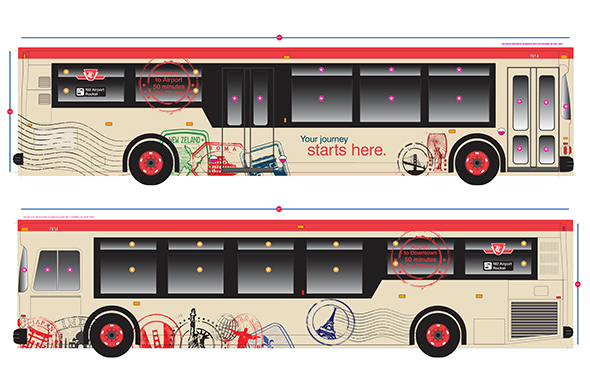drum118
Superstar
The CEO of TTC wants all streetcars routes on the subway map and it goes back to when Adam was chair of TTC.
No reason for not putting a GO station on the Map if it connects to the subway in the first place.
Not everyone is going downtown from the airport and they would like to know the various connection point for the UPX or other transit from the airport.
Less than 10% of visitors from the airport go downtown.
No reason for not putting a GO station on the Map if it connects to the subway in the first place.
Not everyone is going downtown from the airport and they would like to know the various connection point for the UPX or other transit from the airport.
Less than 10% of visitors from the airport go downtown.






